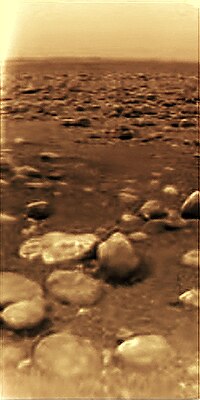Well, maybe. If by modular you mean multiple spacecraft flying in formation, than that potentially just adds to the cost because you will probably have to worry about station-keeping, and quite likely to exquisite precision.
My hope is that the dramatic lowering of launch costs will get us away from the massive one-size-fits-all projects like JWST. You can do a lot with a $500 million mission, and you can do nearly 20 of them with the money that will have been spent on JWST by the time it is done. Some projects just require a massive light bucket, and aren't that bothered about image quality. An 8m monolithic mirror of OK quality is a hell of a lot cheaper than the deployable mirror of JWST. OK so direct imaging of exoplanets might not be in this class, but there are other compromises that can be made, especially if it is feasible to launch truly massive payloads for closer to $100M than $1B.



